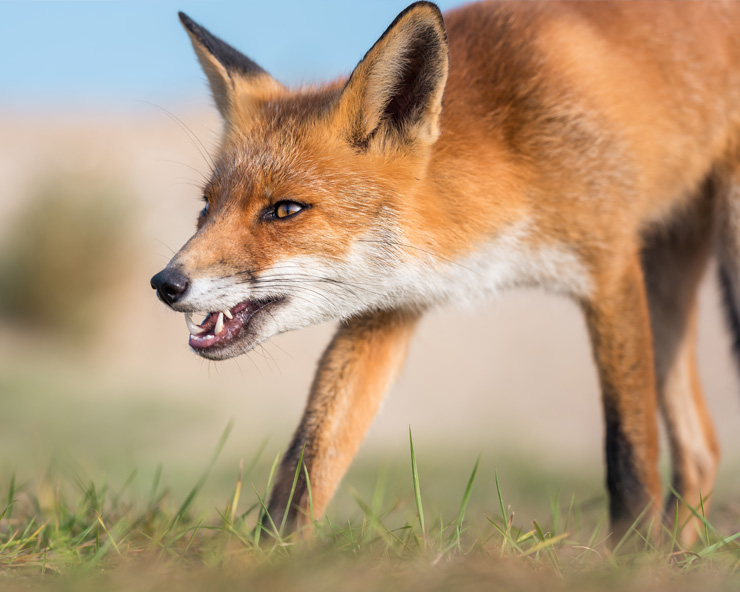Most everyone has heard of rabies, especially as a danger to your pets. But rabies can affect your herd, your pets, and you. It is important to understand and take precautions to protect those important to you.
What is rabies?
Rabies is a preventable but dangerous disease. Rabies is deadly and affects all mammals, humans included. It can be found globally but occurs more often in developing countries. In the United States, rabies in domestic animals and humans is rare; wildlife such as bats are most likely to carry the virus, followed by raccoons, skunks and foxes.
How is rabies spread?
Rabies is mostly commonly spread through saliva, by the bite of an infected animal. Rabies can also be spread through direct contact with broken skin or mucous membranes in the eyes, nose, or mouth when it comes into contact with saliva or brain tissue from a sick animal. In rare cases rabies has spread through aerosol infection or by organ transplants.
How can rabies affect my herd?
Cattle, horses, and other livestock can also get rabies. The brain is the target of the rabies virus. If you notice changes in behavior or incoordination, it could make you suspicious. Unusual aggression, friendliness, or fearfulness are common in infected animals. Other signs such as paralysis, restlessness, difficulty swallowing, and excessive drooling can start quickly. Animals with rabies usually die within 7-10 days after the signs of rabies begin.
Can I become infected?
Rabies is a zoonotic disease and humans can become infected. In the US you are most likely to encounter rabies if you come into contact with wild animals, especially bats.
What should I do if I think I have been bitten by an infected animal?
If you are bitten or are in contact with the saliva of what you think is an infected animal, flush the area with soap and water. Contact your physician immediately if you suspect you might have been exposed or want to be tested. If infected, symptoms may not show up for 2-3 months. Early signs are headache, confusion, itching at the infection site, fever, and hypersensitivity to light and sound. After signs of disease are present, death typically follows within 2-10 days. Recovery is very rare after symptoms begin. If treated by vaccination shortly after a bite by an infected animal, recovery is highly likely.
How can I protect my animals?
Prevention through vaccination is the best way to protect your animals from rabies. The rabies vaccine is highly effective. This vaccination is available for pets and livestock older than 12 weeks of age and should be given annually or according to veterinarian recommendation. Some cat vaccines can be given as early as two months of age. Consider vaccinating valuable livestock and animals that have frequent contact with humans e.g., petting zoos, fairs, and other public exhibitions. Horses that travel interstate should be currently vaccinated against rabies. It is also important to keep your animals away from wildlife and quarantine them if any unusual signs are seen. For your farm, it is important to have solid fences and buildings to keep animals out. It is also important to vaccinate your pets, such as dogs and cats. They are very susceptible to rabies if bitten by an infected wild animal.
If I suspect my livestock have been exposed to rabies, what should I do?
If you suspect rabies in an animal, call your veterinarian immediately. It may be best to euthanize the animal to prevent any danger to you or your herd. Rabies can’t be cured so euthanasia is the safest way to protect yourself. When euthanizing an infected animal, it is important to keep the brain undamaged. Brain matter can be a source of rabies exposure to others and should be tested.
More Resources:
CFSPH-Rabies and Rabies-Related Lyssaviruses
USDA APHIS: National Rabies Management Program
TAMU Veterinary Medicine-The Warning Signs of Rabies in Cattle

